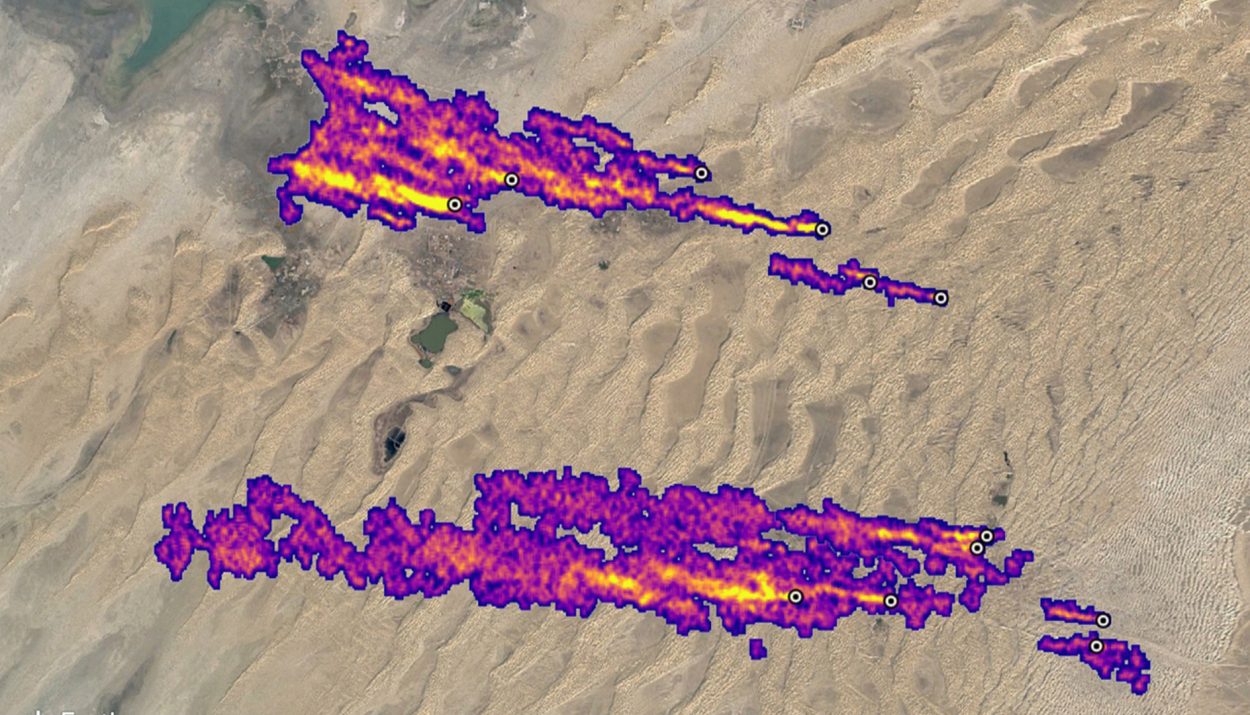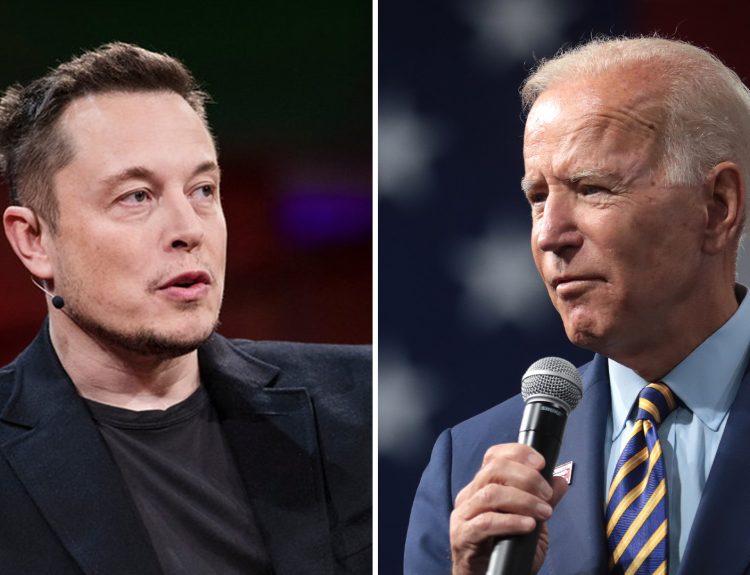Oil, gas, coal, bioenergy, and waste make up more than half of the world’s methane emissions, so why isn’t anyone doing anything about it? Well, that’s because scientists and regulators haven’t had a way of measuring where those emissions were coming from – that is, until now.
Parisian Company Makes Breakthrough Discovery
Kayrros – a geo-analytics company based out of Paris, France – is leading the way with this new breakthrough (which is both concerning and motivating). With the use of algorithms and satellite data, they’re identifying the exact locations of some of the world’s largest sources of methane emissions – something that has never been done before.
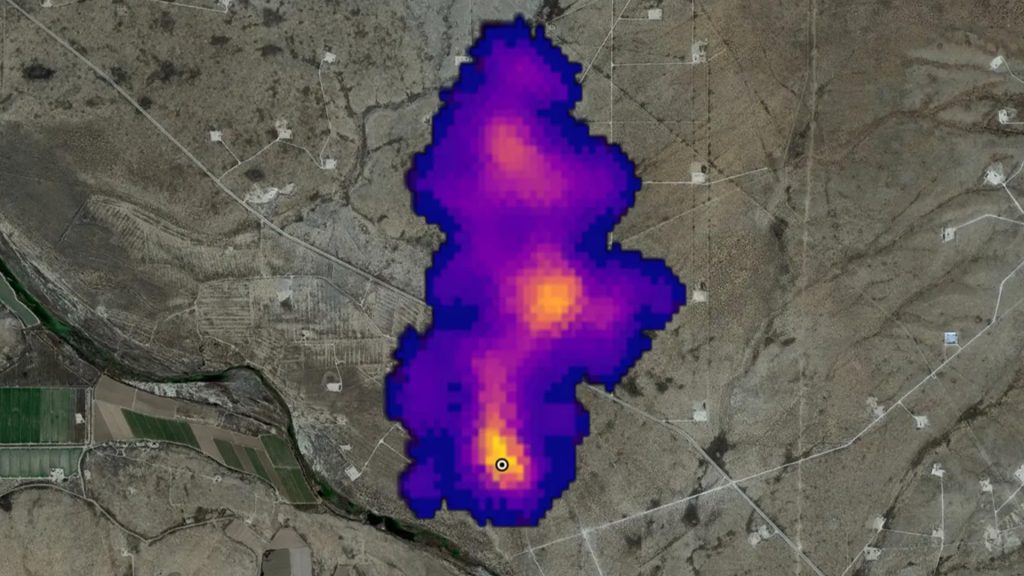
Source: NASA/JPL-Caltech
They call these locations ‘super-emitters’, and they discovered more than 1,300 of them around the world – including a variety of gas wells, pipelines, coal mines, and waste sites. These locations are responsible for a majority of the methane leaked into the atmosphere in 2023.
Who Are The World’s Top 5 Polluters Of Methane?
According to data released by Kayrros, the world’s largest methane polluter in 2023 (and most years) is Turkmenistan – a country in Central Asia that has faced heavy scrutiny in recent years due to its high levels of methane emissions. While they’re the largest, they’re not the only ones.

In fact, the United States is the world’s second-largest methane polluter – followed by India, Russia, and Pakistan. Of the top five polluters, only three of them have agreed to gradually reduce emissions over the course of the next decade, with Russia and India being the two outsiders – more on that below.
Oil and Gas Sources: Turkmenistan and Kazakhstan
Kyrros identified more than 1,300 ‘super-emitters’ around the world, but the worst one occurred in August 2023, when an oil and gas facility on the Cheleken Peninsula in Turkmenistan contributed more than 333 tons of methane emissions per hour… for an entire month! It’s the equivalent of a car driving nearly 40,000 miles.

In Kazakhstan, a blown-out drilling well added another 21-56 tons of methane per hour for nearly half the year – 153 days between June and November, to be exact. Preventing leaks like these would do wonders for the environment – and we would start seeing the results in just 10-12 years!
Coal and Landfill Sources: China and Bangladesh
Shanxi, China is responsible for producing more than 10% of the world’s coal, but it’s also one of the world’s worst polluters of methane gas – including one leak that resulted in more than 181 tons of methane every hour in February 2023. Multiple coal mines were suspected of causing the leak.
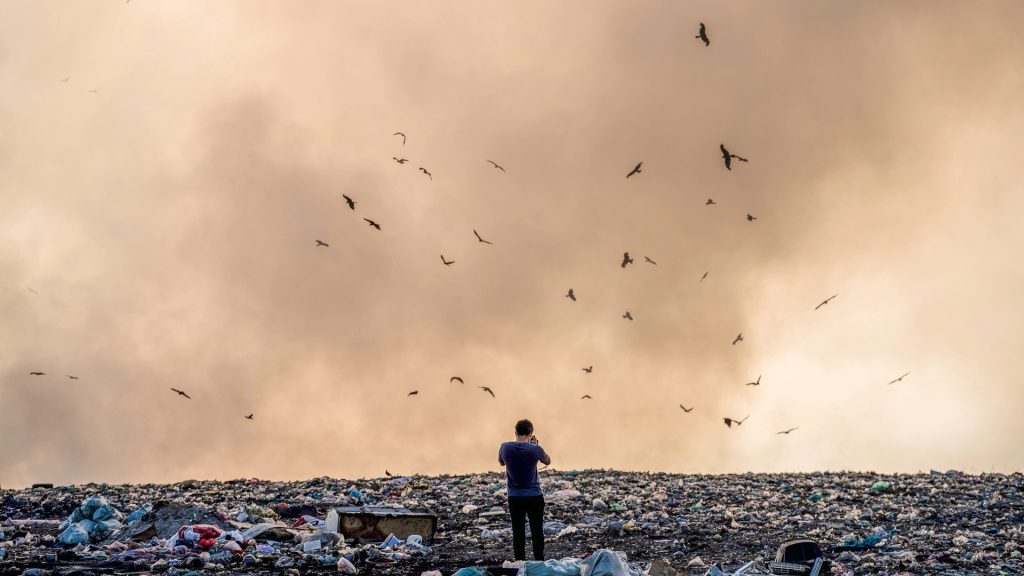
A waste landfill in Dhaka, Bangladesh produced more than 822 tons of methane per hour in April – that’s nearly 600,000 tons of methane in one month, alone. These new findings prove that oil, gas, and coal aren’t the only culprits of methane emissions – landfills are just as bad, if not worse!
Although Nervewracking, These Findings Provide Hope
Scientists have been measuring methane concentrations in the air for more than 40 years. They knew it was a problem, but couldn’t trace where the methane was coming from – they just knew how much there was. While they could take general steps toward reduction, those efforts weren’t targeted.
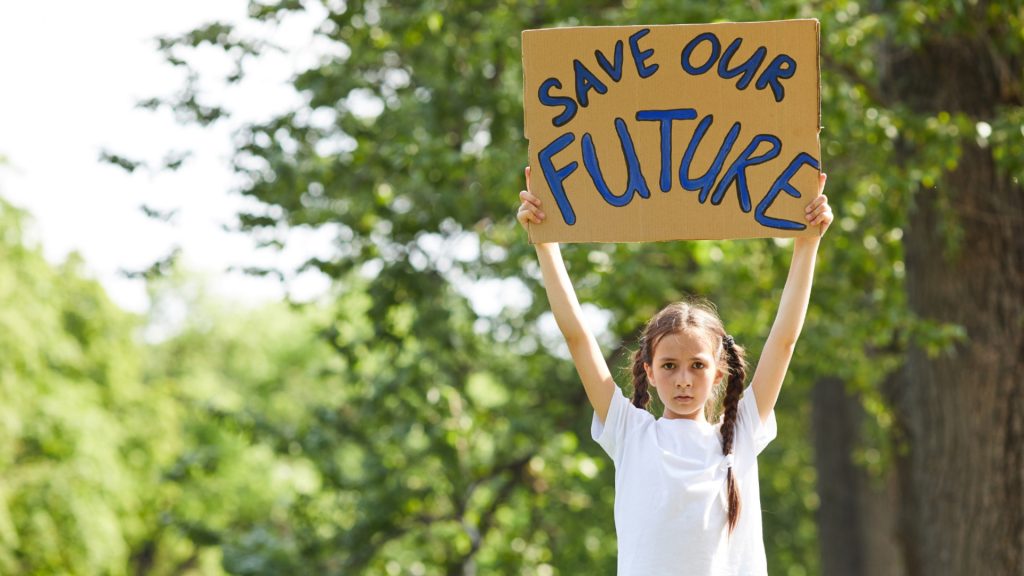
Kayrros’s discovery is changing things. Now that we know the countries, the companies, and the assets directly responsible for high methane emissions, we can target our reduction efforts and make meaningful, lasting changes in some of the most vulnerable areas across the globe!
What Does This Mean For The Environment?
Many people don’t understand just how important reducing methane emissions is for the future of this planet – but experts do. According to NASA, methane is “80 times more effective, ton for ton, at trapping heat in the atmosphere in the 20 years after release,” compared to carbon dioxide.
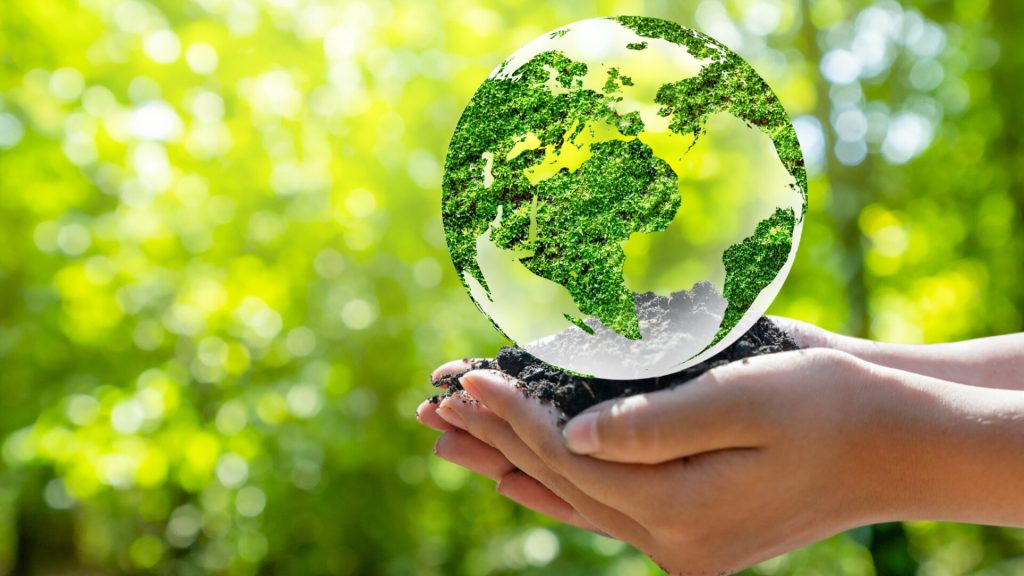
At the same time, it only lingers in Earth’s atmosphere for 10-12 years – for reference, carbon dioxide can linger for centuries. Methane doesn’t linger, but it does more damage in less time. Reducing emissions now will inspire the right kind of change tomorrow – and it only takes 10 years to see the result!
United States Take Action Against Fossil Fuel Companies
Just a few months ago, the Biden Administration – in cohorts with the Environmental Protection Agency – finalized a new rule that’ll help reduce methane emissions by more than 80% over the next 15 years. If all goes as planned, the US will prevent nearly 60 million tons of methane from entering the atmosphere during that time.
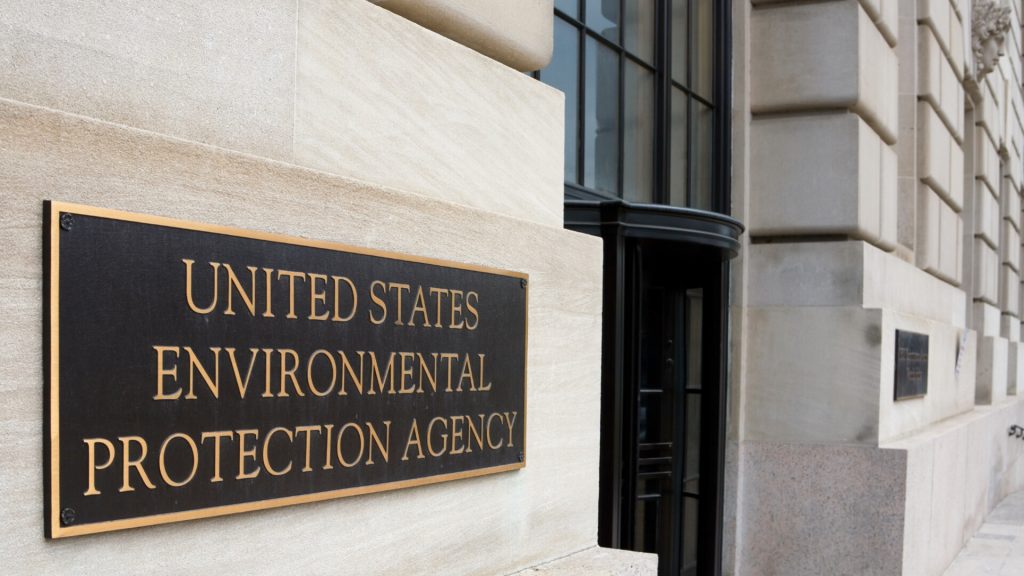
According to Ali Zaidi – the National Climate Adviser for the White House – the United States is investing billions of dollars into plugging orphaned wells, patching leaky pipes, and reclaiming abandoned mines – while instituting new standards with the goal of ‘slashing harmful methane pollution’ at its core.
150 Countries Sign Up For Global Methane Pledge
The United States isn’t alone in its fight against methane pollution. In 2021, at the UN Climate Change Conference in Glasgow, United Kingdom, the US and European Union created the Global Methane Pledge (GMP). The initiative aims to reduce more than 30% of the world’s methane pollution.
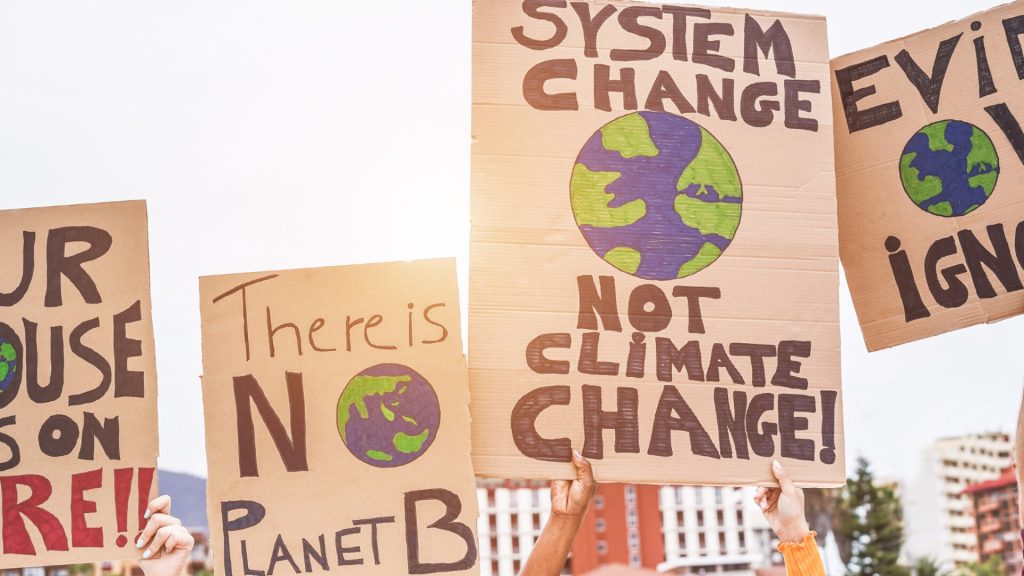
At the time of its creation, more than 100 countries joined the GMP – representing more than 70% of the world’s economy. Today, a total of 155 countries are in on that mission – though some of the world’s worst polluters (China, India, Russia, Australia, etc.) continue to resist. Pressuring these countries is the next big step in reducing emissions worldwide.
Kayrros Will Continue To Share Their Findings With The World
The new rules and regulations being enacted around the world are precisely what we need in our fight against methane – at least according to Antoine Rostand, the co-founder of Kayrros. With regulation, all methane polluters are being put on ‘equal footing’ – which is necessary if changes are going to be made.

For now, Kayrros is going to continue doing what they do best – raising awareness and identifying problem areas. “We intend to increase access to climate data and increase the basic knowledge and understanding of the harm methane does and of the failure of many governments and organizations to report their emissions of it accurately,” Rostand said in an interview with Inside Ecology.

